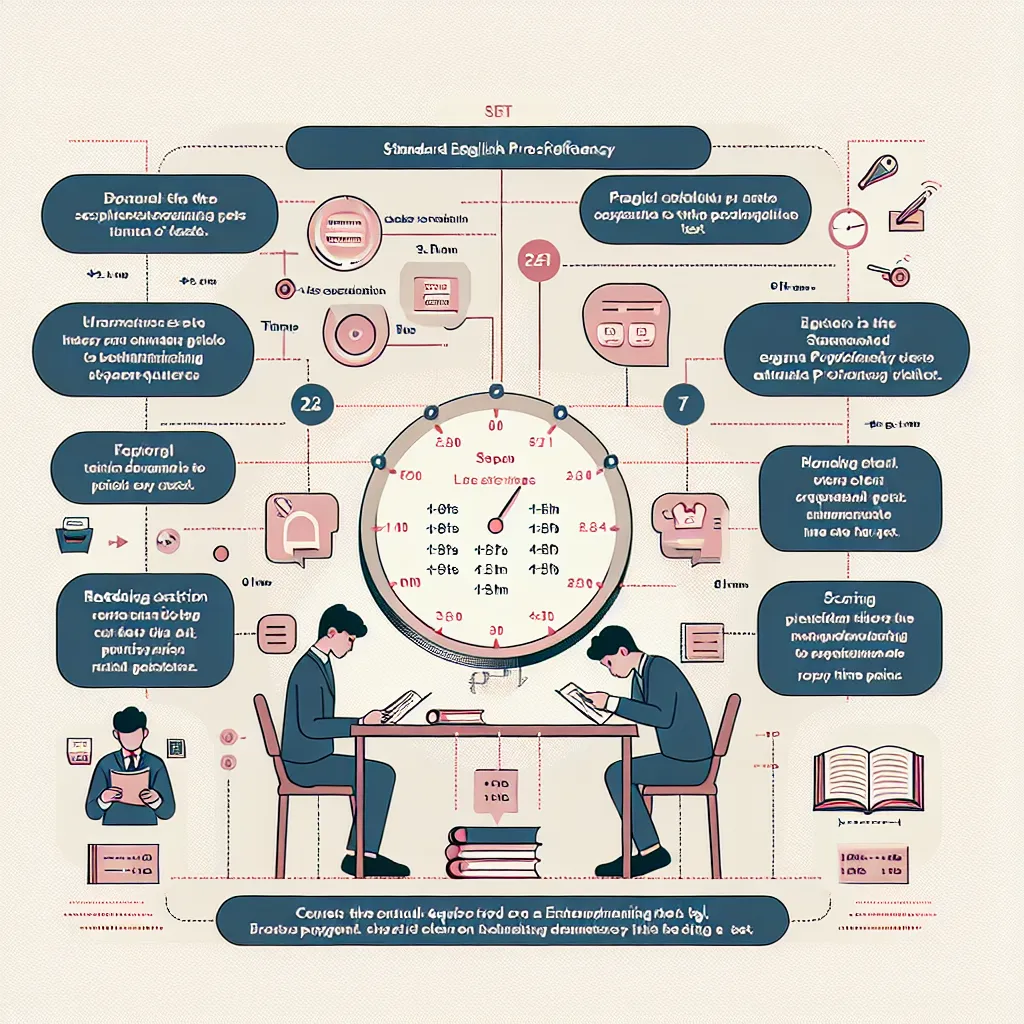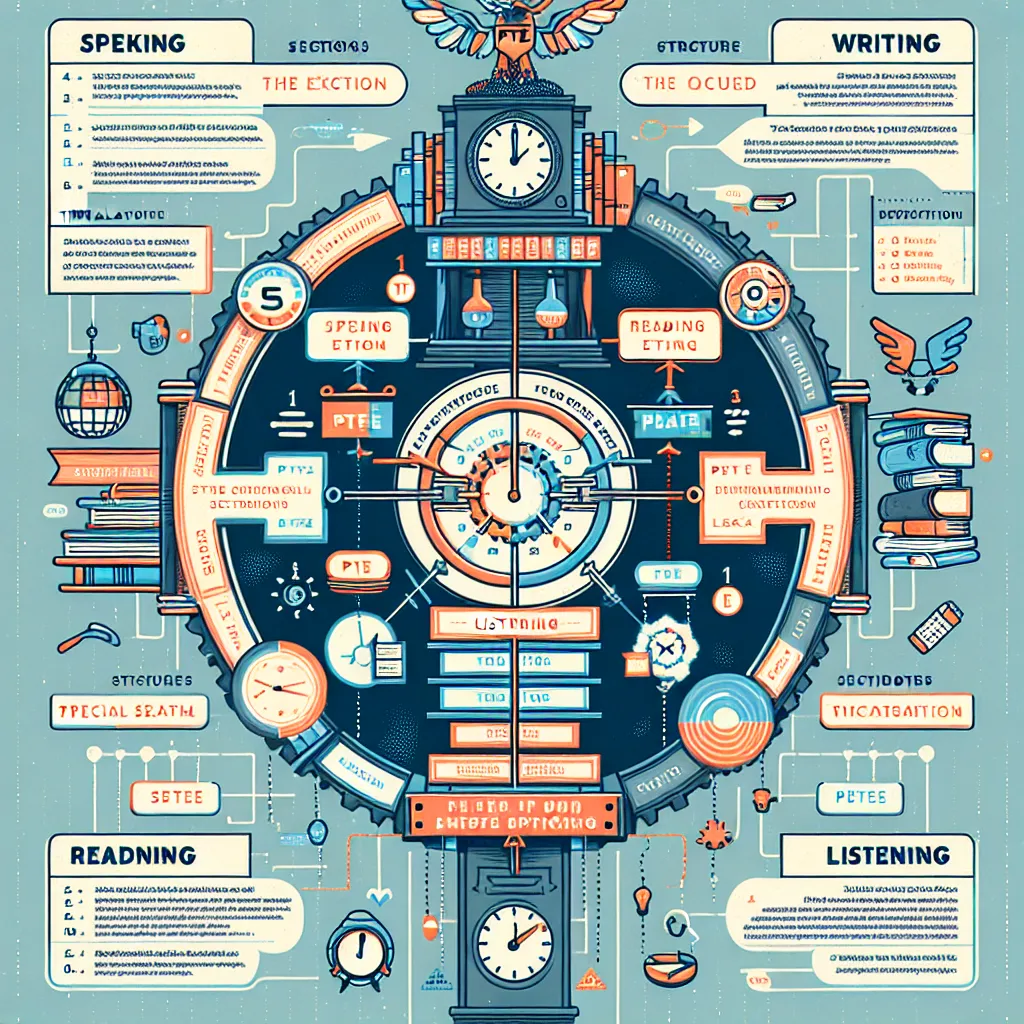Are you preparing for the Pearson Test of English (PTE) Academic? If so, you’re probably aware that the reading section can be quite challenging. But don’t worry! With the right strategies and preparation, you can significantly improve your performance. In this comprehensive guide, we’ll explore essential Tips For The PTE Reading Test that will help you boost your score and confidence.
Understanding the PTE Reading Test
Before diving into the tips, it’s crucial to understand what the PTE Reading test entails. This section of the exam assesses your ability to comprehend written English in an academic context. It includes various question types, such as multiple-choice, re-order paragraphs, and fill in the blanks.
 PTE Reading Test Overview
PTE Reading Test Overview
Key Features of the PTE Reading Test
- Duration: 32-41 minutes
- Question types: Multiple choice, re-order paragraphs, fill in the blanks
- Integrated skills: Sometimes combined with listening tasks
- Academic context: Texts are often extracted from university-level materials
Now that we have a basic understanding of the test structure, let’s explore some effective strategies to excel in this section.
Essential Tips for the PTE Reading Test
1. Improve Your Reading Speed
One of the biggest challenges in the PTE Reading test is time management. To overcome this, you need to enhance your reading speed without compromising comprehension.
Strategies to Increase Reading Speed:
- Practice skimming and scanning techniques
- Use a finger or pen to guide your eyes while reading
- Read in chunks instead of individual words
- Expand your vocabulary to recognize words quickly
2. Develop Active Reading Skills
Active reading involves engaging with the text more deeply, which can significantly improve your comprehension and retention.
Active Reading Techniques:
- Predict the content based on headings and first sentences
- Ask questions as you read
- Summarize main points in your mind
- Make mental connections to your existing knowledge
3. Master Time Management
Effective time management is crucial for success in the PTE Reading test. Here’s how you can optimize your time:
- Allocate specific time limits for each question type
- Move on if you’re stuck on a difficult question
- Use any extra time to review your answers
 PTE Reading Time Management
PTE Reading Time Management
4. Practice Specific Question Types
Each question type in the PTE Reading test requires a unique approach. Let’s look at strategies for some common question types:
Multiple Choice Questions:
- Read the question before looking at the passage
- Eliminate obviously incorrect options
- Look for keywords in the question and passage
Re-order Paragraphs:
- Identify topic sentences and concluding sentences
- Look for linking words and phrases
- Pay attention to chronological order or logical sequence
Fill in the Blanks:
- Read the entire passage first to understand context
- Consider grammar rules (e.g., parts of speech, verb tense)
- Look for clues in surrounding words
5. Expand Your Vocabulary
A robust vocabulary is essential for the PTE Reading test. Here are some ways to enhance your word power:
- Read widely from academic sources
- Create a personal vocabulary journal
- Use flashcards or vocabulary apps for daily practice
- Study common academic word lists
6. Familiarize Yourself with Academic Texts
The PTE Reading test uses texts from academic sources. To prepare effectively:
- Read academic journals and articles regularly
- Practice summarizing complex academic texts
- Familiarize yourself with different academic writing styles
7. Take Practice Tests
Regular practice tests are invaluable for PTE Reading preparation. They help you:
- Become familiar with the test format
- Identify your strengths and weaknesses
- Improve your time management skills
- Build confidence for the actual test
Important Considerations
While preparing for the PTE Reading test, keep these points in mind:
- Consistency is key: Regular practice yields better results than cramming
- Focus on accuracy as well as speed
- Don’t neglect other sections of the PTE test
- Stay calm during the test – anxiety can affect your performance
Next Steps in Your PTE Preparation Journey
Now that you’re equipped with these essential tips for the PTE Reading test, it’s time to put them into practice. Here’s what you can do next:
- Create a study schedule incorporating these strategies
- Take a diagnostic test to assess your current level
- Focus on your weak areas while maintaining your strengths
- Join a study group or find a study partner for motivation and shared learning
- Consider enrolling in a PTE preparation course for expert guidance
Remember, success in the PTE Reading test is not just about memorizing facts – it’s about developing your overall English language skills and test-taking strategies. With consistent effort and the right approach, you can significantly improve your performance and achieve your desired score.
We hope these tips for the PTE Reading test help you in your preparation journey. Good luck with your studies, and feel free to explore our other PTE-related articles for more in-depth guidance on specific aspects of the test.




